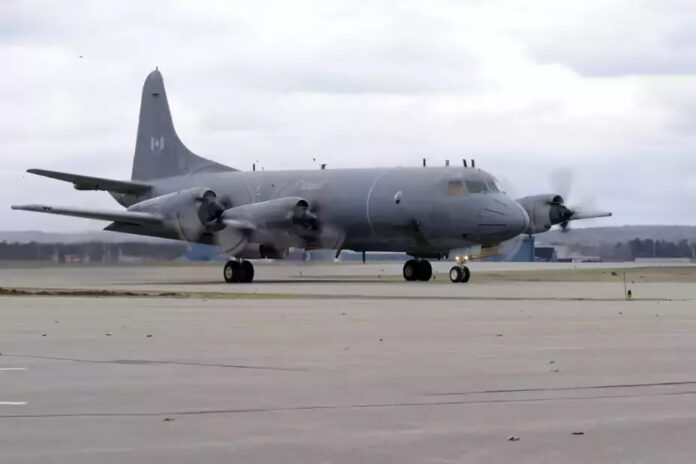By seeing Ottawa buy military surveillance and anti-submarine warfare aircraft from Boeing without a call for tenders, Bombardier sees more than a lucrative contract escaping: the aircraft manufacturer risks having a hard time selling to internationally a concept which was not retained in its country of origin.
“Canada’s decision makes this more difficult,” recognizes Pierre Rochefort, CEO of the firm Cirrus Research Associates. If your own market doesn’t buy it, it will be quite a challenge to sell [the solution] elsewhere. »
La Presse revealed that despite pleas from Bombardier, the Legault and Ford governments (Ontario) and other players in the aerospace industry in favor of a call for tenders, the Trudeau government instead opted for an agreement over the counter which could reach 9 billion with the American giant to replace the aging CP-140 Auroras of the Royal Canadian Air Force (RCAF).
This contract for the acquisition of 16 Poseidon P-8A aircraft will be confirmed this Thursday. Bombardier and Boeing had not commented on Ottawa’s decision on Wednesday.
By joining forces with the Canadian branch of General Dynamics, Bombardier claimed to be able to build a surveillance and anti-submarine warfare aircraft, therefore capable of launching torpedoes, less expensive to operate and within the required time. The Quebec multinational would have offered a militarized version of its Global 6500 private jet, which is assembled in the Toronto area. Unlike the Poseidon, the Quebec multinational’s plane is not yet flying. This obviously worked against the company.
“For an aircraft strictly specialized in surveillance, we are not talking about major modifications,” recalls Mr. Rochefort, former commander of an F-18 fighter squadron within the ARC. But when you start installing 1,000-pound missiles under the wings and fitting out the fuselage to install torpedoes, it’s a big job. »
The Trudeau government’s decision comes at a strange time.
He opted for Boeing, while the Canadian Commercial Corporation – whose mandate is to help Canadian companies “access foreign public markets” – has just concluded an agreement with Bombardier to help it promote its “Canadian solution to ‘multi-mission patrol aircraft’ in the world.
“The choice of Ottawa is an obstacle, but it is still difficult to quantify it,” said Richard Shimooka, researcher at the Canadian Macdonald-Laurier Institute, who specializes in particular in defense issues. Canadian demands were high. Maybe those in other countries won’t be as strict on interoperability, for example. »
Last March, the president and CEO of Bombardier, Éric Martel, himself suggested that Ottawa’s refusal to opt for a call for tenders could harm the company’s chances elsewhere in the world. .
“It would be strange if we were able to sell this product to other countries without having been considered in our own country,” said Mr. Martel, on the sidelines of a speech to the Chamber of Commerce of Metropolitan Montreal. Yes, it could harm us. »
The multinational is banking heavily on the defense sector as part of its recovery. Around 2025, it wants to generate revenues of around US$1 billion – or around 10% of its total turnover – from this niche. The Quebec manufacturer has already delivered aircraft exclusively specialized in surveillance missions to the United States as well as to Germany.
Along with the replacement of the CP-140 Auroras, Bombardier saw a great opportunity indirectly slip through its fingers. Around mid-November, its partner Saab recently had the rug pulled out from under it by Boeing, which convinced NATO to buy E-7 Wedgetails to renew its fleet of command and control aircraft. . It is Bombardier’s Global 6000 which is equipped with the Saab platform.
On a more positive note, the Quebec aircraft manufacturer saw its another partner, Sierra Nevada, land a US$554 million contract with the US military to provide it with surveillance and reconnaissance aircraft – converted Bombardier private jets. .















